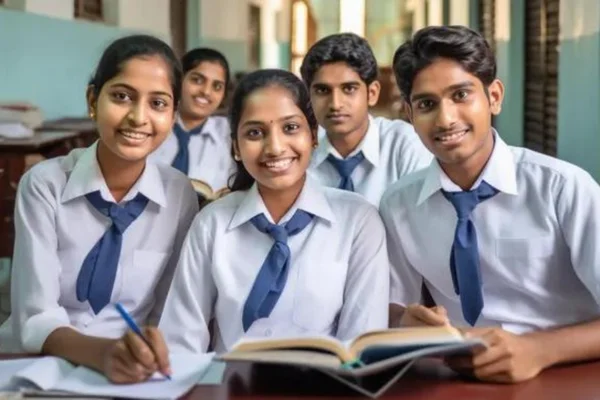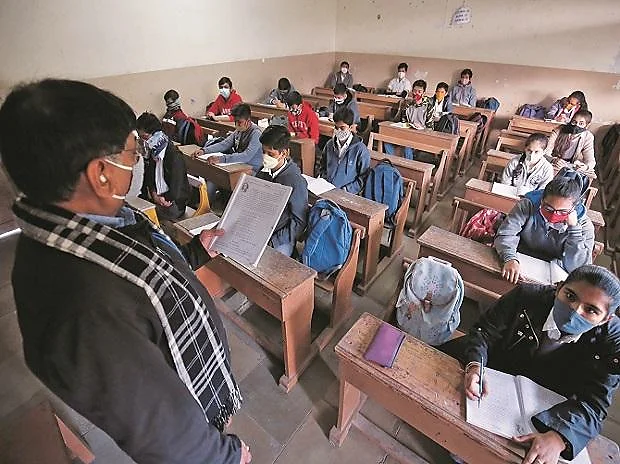The Ministry of Social Justice & Empowerment has been actively implementing the SHRESHTA (Scheme for Residential Education for Students in High Schools in Targeted Areas).
About the SHRESHTA:
- The SHRESHTA aims to address the educational gaps in service-deficient Scheduled Castes (SCs) dominant areas.
- It is implemented by Ministry of Social Justice and Empowerment.
Objectives:
- It provides high-quality education and foster socio-economic upliftment among SC students.
- It enhances the reach of government development interventions in SC-dominant areas, focusing on education and overall development of SCs.
Implementation Modes:
- Mode 1: SHRESHTA schools (Best CBSE/State Board affiliated Private Residential Schools).
- Mode 2: NGO (Non-Governmental Organization) or VO (Voluntary Organizations) operated Schools or Hostels (existing component).
Mode 1: SHRESHTA Schools:
- Objective: Enhancing adaptability of students to the school environment.
- Cost: 10% of annual fee, borne by the Department.
- Monitoring: Progress of students monitored by the Ministry.
- Selection Process:
- Meritorious SC students selected through National Entrance Test for SHRESHTA (NETS) conducted by National Testing Agency (NTA).
- Selection based on performance and parental income (up to 2.5 lakh).
- School Selection:
- Committee selects best-performing private residential schools with over 75% pass percentage for classes 10 and 12.
- Financial Support:
- Total fee coverage for students, including school and hostel fees.
- Admissible fee ranges from Rs. 1,00,000 to Rs. 1,35,000 for classes 9th to 12th.
Mode 2: NGO/VO operated Schools/Hostels:
- Grant-in-aid: Provided for school fee and residential charges for SC students in schools with satisfactory performance.
- Grant Amount: Ranges from Rs. 27,000 to Rs. 55,000 per student, depending on the type of school.
- Monitoring Mechanisms:
- Performance Disclosure: Institutions required to proactively disclose performance on websites and e-Anudaan or online portal.
- Data Management Information System (MIS): Real-time MIS for better reporting on output outcome indicators.
- Surveillance: Installation of closed-circuit cameras for live feed availability.
- Field Visits: Institutions liable for field visits by inspection teams.
Ref: Source
| UPSC IAS Preparation Resources | |
| Current Affairs Analysis | Topperspedia |
| GS Shots | Simply Explained |
| Daily Flash Cards | Daily Quiz |



